Home>Garden Essentials>How Is Astro Turf Bad For Our Environment
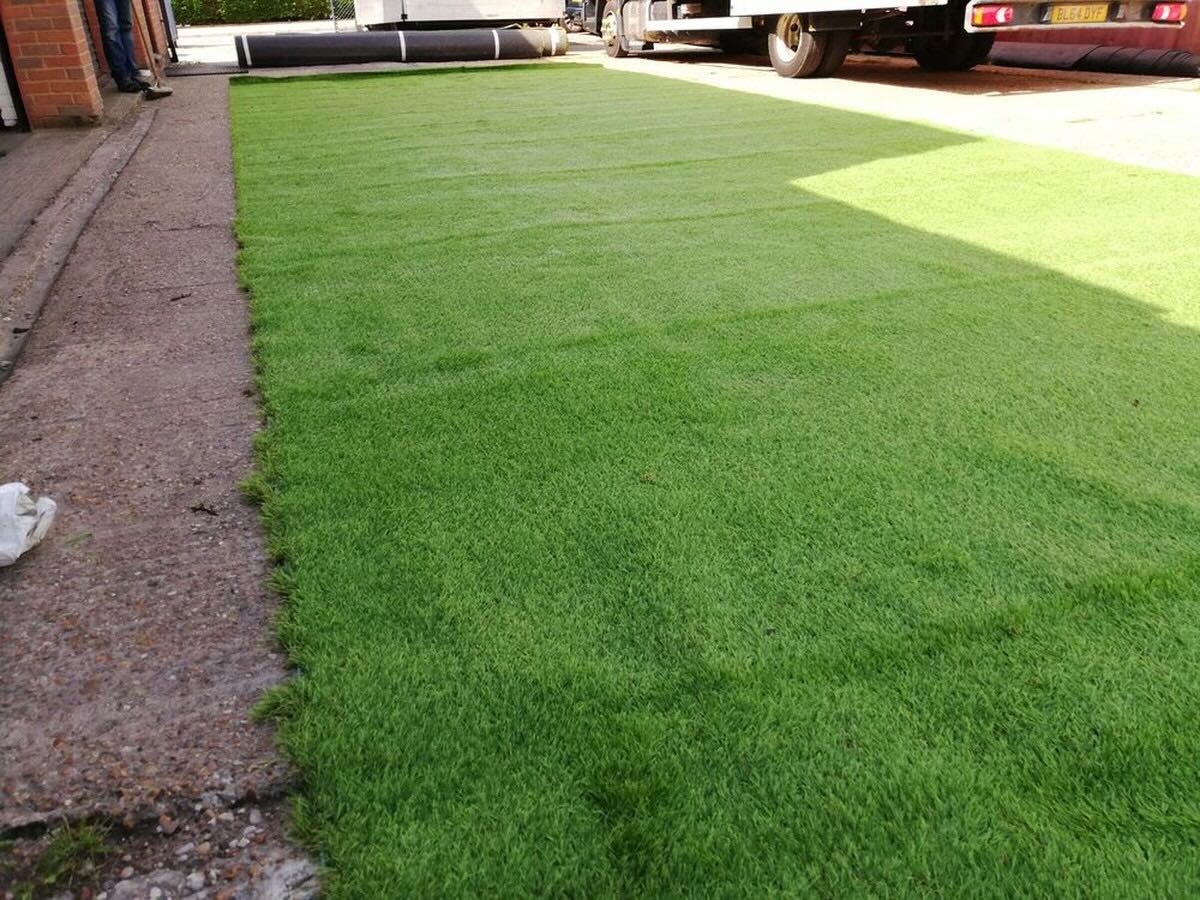

Garden Essentials
How Is Astro Turf Bad For Our Environment
Modified: March 21, 2024
Discover the environmental impact of Astro Turf on your garden. Explore the negative consequences and find sustainable alternatives.
(Many of the links in this article redirect to a specific reviewed product. Your purchase of these products through affiliate links helps to generate commission for Storables.com, at no extra cost. Learn more)
Introduction
The use of artificial turf, commonly known as Astro Turf, has gained popularity in recent years as a low-maintenance alternative to natural grass for various applications such as sports fields, playgrounds, and residential lawns. While Astro Turf offers benefits such as year-round usability and reduced water consumption, it also poses significant challenges when it comes to its impact on the environment.
Astro Turf is a synthetic material made from a combination of plastic fibers, often polypropylene or polyethylene, and a backing material made of latex or polyurethane. It is designed to mimic the look and feel of natural grass, providing a green surface that requires minimal maintenance and watering.
However, the production, installation, and disposal of Astro Turf have various negative consequences for the environment. The following sections explore the environmental impact of Astro Turf in more detail, highlighting the ecological consequences, water consumption, synthetic chemicals and toxins, lack of biodiversity, and waste generation associated with its use.
As the demand for artificial turf continues to rise, it is essential to be aware of the potential environmental drawbacks. By understanding these impacts, we can make informed decisions and explore sustainable alternatives that minimize harm to our planet.
Key Takeaways:
- Astro Turf may seem convenient, but it disrupts natural ecosystems, reduces biodiversity, and increases water consumption, posing challenges for the environment and wildlife.
- Recycling Astro Turf is difficult, leading to significant waste generation and landfill disposal. Sustainable alternatives and responsible landscaping practices are crucial for minimizing environmental impact.
Read more: Why Is Turf Grass Bad For The Environment
What is Astro Turf?
Astro Turf is a type of synthetic turf that is designed to mimic the appearance and texture of natural grass. It was originally developed as a solution for outdoor sports fields, offering a durable and consistent playing surface that can withstand heavy use and adverse weather conditions.
The term “Astro Turf” is often used generically to refer to all types of artificial turf. However, it was originally a brand name for the first artificial grass surface installed in the Houston Astrodome in the 1960s. Since then, the technology and materials used in Astro Turf have evolved, and it has become a widely used alternative to natural grass in various settings.
Astro Turf is made from synthetic materials, typically polypropylene or polyethylene, which are formed into fibers and tufted into a backing material. The backing is usually made of latex or polyurethane and may contain additional materials such as rubber granules or sand for added stability and cushioning.
The artificial grass blades of Astro Turf are designed to be UV-resistant to prevent fading and to withstand heavy foot traffic. The turf is typically installed over a compacted base layer, which provides drainage and stability.
Astro Turf offers several advantages over natural grass. It requires minimal maintenance and does not need to be watered, mowed, or fertilized. This makes it an appealing option for areas where water conservation is a priority or where maintaining a healthy lawn is challenging due to climatic conditions or heavy use.
In addition to sports fields, Astro Turf is also commonly used in residential and commercial landscapes, playgrounds, rooftop gardens, and even indoor spaces. It provides a green and functional outdoor surface that can be utilized throughout the year, regardless of weather conditions.
While Astro Turf offers convenience and durability, it is important to understand its potential drawbacks and the impact it can have on the environment. The following sections will delve deeper into the various environmental concerns associated with Astro Turf and its ecological consequences.
Environmental Impact of Astro Turf
While Astro Turf may seem like a greener alternative to natural grass in terms of water conservation and maintenance, it still has significant environmental impacts throughout its lifecycle. From production and installation to disposal, the use of Astro Turf poses challenges that cannot be ignored.
One of the major environmental concerns of Astro Turf is its ecological consequences. The vast stretches of artificial grass disrupt natural ecosystems by replacing native vegetation and habitats. This loss of biodiversity can have detrimental effects on local wildlife, including insects, birds, and small mammals that rely on natural grasslands for food and shelter.
Moreover, Astro Turf contributes to ecosystem disruption by altering the water cycle. Natural grass absorbs and filters rainwater, allowing it to replenish aquifers and maintain water quality. In contrast, Astro Turf often has poor drainage, leading to increased stormwater runoff and the potential for erosion and flooding. This disrupts the natural flow of water, negatively impacting nearby water bodies and surrounding ecosystems.
Water consumption is another area where Astro Turf falls short in terms of its environmental impact. While it does not require regular watering like natural grass, it still needs occasional rinsing to remove dirt, dust, and other debris. Additionally, the underlying soil and base materials may still require irrigation to maintain stability. This water usage, although reduced compared to traditional lawns, still contributes to overall water consumption.
Synthetic chemicals and toxins are also a concern associated with Astro Turf. The production and maintenance of artificial turf often involve the use of various chemical substances, such as flame retardants, plasticizers, and preservatives. These chemicals can leach into the soil and surrounding environment, posing potential risks to human health and ecosystems.
Furthermore, Astro Turf generates a significant amount of waste. Over time, artificial grass loses its quality and becomes worn out or damaged. When this happens, the entire field or section of Astro Turf needs to be replaced. Disposal of old Astro Turf can be challenging as it is not easily recyclable due to its complex composition of materials. This leads to an accumulation of waste in landfills, contributing to environmental pollution.
In the next sections, we will delve deeper into the specific environmental impacts of Astro Turf, including water consumption, synthetic chemicals, lack of biodiversity, and the challenges associated with recycling this synthetic material. Understanding these impacts is crucial for making informed decisions about the use of artificial turf and exploring sustainable alternatives that minimize harm to our planet.
Ecological Consequences
The widespread use of Astro Turf has led to significant ecological consequences, particularly in terms of biodiversity loss and disruption of natural ecosystems.
One of the most notable impacts of Astro Turf is the loss of biodiversity. When artificial grass replaces natural grasslands, it eliminates the diverse plant species that provide food and habitat for a wide range of organisms. This loss affects insects, birds, small mammals, and other wildlife that depend on these grasslands for survival. Without native vegetation, the ecological balance is disrupted, leading to a decline in populations of various species and potentially even local extinctions.
Furthermore, Astro Turf interrupts the natural cycles and interactions within ecosystems. In natural grasslands, complex relationships exist between plants, insects, animals, and microorganisms. These interactions are critical for pollination, nutrient cycling, and overall ecosystem health. With the conversion to artificial turf, these relationships are disrupted, posing a threat to the ecological functioning of the area.
Artificial grass also lacks the ability to support soil microorganisms and beneficial insects. Natural grass provides a habitat for a diverse array of soil organisms, including earthworms, bacteria, fungi, and other microorganisms. These organisms play a vital role in nutrient cycling, soil aeration, and overall soil health. The absence of natural grass on Astro Turf eliminates these valuable ecosystem services and limits the resilience and fertility of the soil.
Furthermore, the loss of natural grasslands to artificial turf can lead to a decrease in carbon sequestration. Natural grass acts as a carbon sink, absorbing carbon dioxide from the atmosphere and storing it in the soil. When grasslands are replaced with artificial grass, this natural process of carbon sequestration is disrupted, contributing to increased greenhouse gas emissions and exacerbating the problem of climate change.
Another ecological consequence of Astro Turf is the disruption of wildlife corridors and migration patterns. Natural grasslands often serve as important habitat and movement corridors for animals. By replacing these natural habitats with artificial turf, the connectivity of ecosystems is compromised, hindering the ability of wildlife to move, find food, and reproduce.
In order to mitigate these ecological consequences, it is crucial to carefully consider the use of Astro Turf and explore alternative landscaping options that support biodiversity and ecosystem health. By incorporating native plants, creating green spaces, and preserving natural grasslands, we can promote a more sustainable and ecologically friendly approach to outdoor design and maintenance.
In the next sections, we will delve into other specific environmental impacts of Astro Turf, including water consumption, the use of synthetic chemicals, waste generation, and the challenges associated with recycling this synthetic material. Developing a comprehensive understanding of these consequences will aid in making informed decisions that prioritize environmental sustainability.
Ecosystem Disruption
The use of Astro Turf can have significant impacts on natural ecosystems, leading to the disruption of intricate ecological relationships and processes. By replacing natural grasslands with artificial turf, we disrupt the balance and functioning of ecosystems in several ways.
One of the primary ways in which Astro Turf disrupts ecosystems is by altering the water cycle. Natural grass plays a crucial role in regulating the movement of water through ecosystems. The extensive root systems of grasses help absorb and store water, reducing the risk of runoff and erosion. This natural process also allows water to slowly infiltrate the soil, replenishing groundwater reserves and maintaining water quality.
In contrast, Astro Turf often has inadequate drainage systems, leading to increased stormwater runoff and diminished water infiltration. This excess runoff can cause erosion and flooding, carrying pollutants and sediments into nearby water bodies. The disturbance of natural water flow patterns can have severe consequences for aquatic ecosystems, affecting the health and survival of plants, fish, and other aquatic organisms.
Moreover, the installation and maintenance of Astro Turf often involve the use of synthetic chemicals and fertilizers, which can further disrupt ecosystems. These chemicals may leach into the soil and surrounding environment, polluting water sources and affecting the health of organisms. Synthetic fertilizers, if not properly managed, can contribute to nutrient runoff, leading to eutrophication and algal blooms in water bodies.
The loss of natural grasslands and the replacement with artificial turf also eliminates essential wildlife habitat and disrupts migration patterns. Grasslands are home to a diverse range of species, from insects to mammals, providing food, shelter, and breeding sites. This loss of habitat can have a cascading effect on wildlife populations, leading to declines in species diversity and abundance.
Ecosystem disruption caused by Astro Turf extends beyond land-based ecosystems. Aquatic ecosystems, such as wetlands and riparian areas, are also affected. These areas often border grasslands and absorb excess water during periods of heavy rainfall, reducing the risk of flooding. When Astro Turf replaces natural grasses in these areas, the ability to absorb and store water is diminished, decreasing their ecological functionality.
To mitigate the ecosystem disruption caused by Astro Turf, it is important to consider alternative landscaping approaches that prioritize the preservation and restoration of natural habitats. By incorporating native plants, creating green spaces, and implementing sustainable stormwater management practices, we can minimize the negative impacts on ecosystems and promote the health and resilience of our natural environments.
In the next sections, we will explore other specific environmental impacts of Astro Turf, including water consumption, the use of synthetic chemicals and toxins, waste generation, and the challenges associated with recycling this synthetic material. Understanding these impacts holistically will enable us to make informed decisions that mitigate harm to ecosystems while still meeting our needs for functional outdoor spaces.
Read more: Why Is Construction Bad For The Environment
Water Consumption
One of the perceived benefits of Astro Turf is its lower water requirements compared to natural grass. While it is true that artificial turf does not need to be watered as frequently as live grass, it still has water consumption implications that should be considered.
Astro Turf requires occasional rinsing to remove dirt, dust, and other debris that can accumulate on the surface. Additionally, the underlying soil and base materials may still require irrigation to maintain stability and prevent subsidence. Although the water needs of Astro Turf are reduced compared to natural grass, they are not completely eliminated.
Moreover, the overall water consumption associated with Astro Turf extends beyond irrigation. The production and maintenance of artificial turf require water-intensive processes. Water is needed during the manufacturing of the synthetic fibers and the backing, as well as during the installation and infill application stages. These water requirements, although typically not apparent at the user level, contribute to the overall water footprint of Astro Turf.
It is crucial to consider the broader context when evaluating the water consumption of Astro Turf. In regions where water scarcity is a concern or where water resources are limited, even the reduced water needs of artificial turf can still be significant. Additionally, the energy required to pump and distribute water for Astro Turf irrigation or manufacturing processes further adds to the environmental impact.
To minimize water consumption associated with outdoor spaces, it is essential to adopt water-wise landscaping practices. This may include using drought-tolerant native plants, incorporating efficient irrigation systems, and implementing water management strategies that encourage water retention and minimize runoff. By combining water-saving techniques with sustainable landscaping alternatives, we can reduce the overall water footprint and promote conservation efforts.
In the next sections, we will explore other specific environmental impacts of Astro Turf, such as the use of synthetic chemicals and toxins, the lack of biodiversity, waste generation, and the challenges associated with recycling this synthetic material. Understanding the broader implications of artificial turf will allow us to make informed decisions and prioritize sustainable landscaping practices that minimize harm to our environment and conserve precious water resources.
Consider using natural grass or other eco-friendly alternatives for your outdoor spaces instead of astro turf. This can help reduce the environmental impact and promote a healthier ecosystem.
Synthetic Chemicals and Toxins
The production, installation, and maintenance of Astro Turf involve the use of synthetic chemicals and toxins that can have detrimental effects on both human health and the environment.
During the manufacturing process, various chemicals are used to produce the synthetic fibers and backing materials of Astro Turf. These chemicals can include flame retardants, plasticizers, and preservatives, among others. While these substances are intended to enhance the durability and performance of the artificial turf, they can also pose risks once the turf is installed.
One significant concern is the potential for chemical leaching from Astro Turf into surrounding soil and water sources. These chemicals can find their way into the environment through rainfall, irrigation, or improper disposal of waste materials. Once in the ecosystem, they may persist and accumulate, potentially contaminating surface water, groundwater, and soil.
The presence of synthetic chemicals and toxins in the environment can have adverse effects on both human health and wildlife. Exposure to these substances can lead to respiratory issues, skin irritations, and other health problems. Additionally, the persistence of these chemicals in the environment can disrupt ecosystems, affecting plant and animal populations and potentially contributing to the decline of sensitive species.
Furthermore, the use of synthetic infill materials in Astro Turf raises additional concerns. Infill materials, such as rubber crumb, are often used to provide cushioning and stability to the turf. These materials are commonly made from recycled tires and can contain a range of substances, including heavy metals and volatile organic compounds (VOCs). The release of these substances, especially in hot weather conditions, can pose inhalation risks and contaminate nearby soil and water.
To mitigate the potential risks associated with synthetic chemicals and toxins in Astro Turf, it is important to prioritize the use of environmentally friendly materials. Alternatives such as natural infills made from coconut fibers or cork can provide a safer option without compromising performance. Additionally, organizations involved in the production of Astro Turf should continually work towards improving the safety and eco-friendliness of their products by minimizing the use of harmful chemicals.
In the next sections, we will explore other specific environmental impacts of Astro Turf, including the lack of biodiversity, waste generation, recycling challenges, and the overall ecological footprint of using this synthetic material. By understanding the comprehensive environmental implications of artificial turf, we can make informed choices that prioritize sustainability and the health of our ecosystems.
Lack of Biodiversity
One of the significant environmental concerns associated with Astro Turf is its contribution to the loss of biodiversity. By replacing natural grasslands with artificial turf, we create a monoculture environment that lacks the diversity of plant species found in natural ecosystems.
Grasslands are incredibly diverse ecosystems, supporting a wide range of plant species, insects, birds, and small mammals. These grasslands provide essential habitat for numerous organisms, serving as a source of food, shelter, and breeding grounds. They are also important for pollinators, such as bees and butterflies, which play a crucial role in maintaining the reproductive cycle of many plants.
Astro Turf, on the other hand, offers a simplified, uniform environment. The synthetic grass blades are typically made of a single type of material, mimicking the appearance of natural grass but lacking the variation and complexity found in living plant communities. This lack of plant diversity reduces the availability of food sources and shelter for wildlife, ultimately leading to a decline in biodiversity.
The loss of biodiversity associated with Astro Turf goes beyond the visible plant species. It also affects the underground ecosystem, where soil organisms, such as earthworms, bacteria, and fungi, play crucial roles in nutrient cycling and soil health. These organisms contribute to the overall fertility and resilience of natural grasslands, but their presence is limited in artificial turf environments.
In addition to the lack of biodiversity, Astro Turf also disrupts the natural food chains and ecological interactions that occur in grassland ecosystems. Insects, birds, and small mammals that rely on natural grasses for food and shelter may struggle to find adequate resources in artificial turf environments. This disruption can have cascading effects, leading to declines in populations and potentially impacting higher trophic levels within the food web.
Mitigating the lack of biodiversity caused by Astro Turf involves considering alternative landscaping approaches that support and promote ecological diversity. This could include incorporating native plants, creating green spaces with a variety of vegetation, and preserving existing grasslands wherever possible. By prioritizing biodiversity in outdoor design and management, we can enhance the health and resilience of ecosystems and provide essential resources for a wide range of species.
In the next sections, we will explore additional specific environmental impacts of Astro Turf, including waste generation, recycling challenges, water consumption, and the use of synthetic chemicals. By gaining a comprehensive understanding of the environmental implications of artificial turf, we can make informed decisions that prioritize biodiversity conservation and contribute to the overall sustainability of our landscapes.
Waste Generation
Astro Turf, like any product, has a lifecycle that involves waste generation at various stages. From manufacturing to disposal, the use of artificial turf contributes to environmental waste, posing challenges for sustainable waste management.
During the production process, waste materials are generated through the cutting and shaping of the synthetic fibers used in Astro Turf. These waste materials can include offcuts, trimmings, and excess materials that are not used in the final product. Additionally, the manufacturing of the backing materials and infill components can also generate waste, such as scraps and discarded materials.
Furthermore, Astro Turf has a limited lifespan, especially in high-traffic areas such as sports fields. Over time, the turf becomes worn out, damaged, or outdated, requiring replacement. The process of removing and replacing Astro Turf generates significant waste, as the old turf is typically disposed of in landfills.
Disposing of artificial turf in landfills presents a significant challenge due to its complex composition. Astro Turf is made up of various materials, including synthetic fibers, backing materials, and infill components, which can be difficult to separate and recycle. As a result, much of the discarded Astro Turf ends up in landfills, contributing to the accumulation of non-biodegradable waste.
The waste generated by Astro Turf poses environmental concerns due to its long-term persistence in landfills. Synthetic materials used in the turf can take centuries to break down, contributing to the growing problem of waste management and the burden on landfill space. Additionally, the process of decomposition can release harmful chemicals and toxins into the surrounding environment, further exacerbating environmental pollution.
To address the issue of waste generation associated with Astro Turf, it is essential to explore recycling options and sustainable disposal methods. While recycling artificial turf can be challenging due to its complex composition, efforts are underway to develop more effective recycling processes. Some organizations have started to recycle used Astro Turf by separating the different materials and reusing them in new products, such as plastics for construction or alternative flooring materials.
Promoting responsible waste management practices, such as reducing waste during production, reusing materials, and recycling whenever possible, can help mitigate the environmental impact of Astro Turf. Additionally, considering the long-term disposal implications when choosing alternative landscaping options can contribute to reducing waste generation and promoting a more sustainable approach.
In the next sections, we will explore other specific environmental impacts of Astro Turf, including the lack of biodiversity, water consumption, the use of synthetic chemicals and toxins, and the overall ecological footprint of using this synthetic material. Understanding the comprehensive environmental implications of artificial turf will aid in making informed decisions that prioritize waste reduction and sustainable waste management practices.
Read more: How Was Astro Turf Named
Recycling Challenges
Recycling Astro Turf presents numerous challenges due to its complex composition and the limited infrastructure for handling this synthetic material. While recycling can be a desirable solution to mitigate waste generation, the recycling of artificial turf is not as straightforward as recycling more commonly used materials.
One of the main challenges in recycling Astro Turf stems from its multi-layered structure. It consists of synthetic fibers, a backing material, and often an infill component made of rubber or sand. These different layers are intertwined and difficult to separate, making the recycling process more complex and costly. Additionally, the presence of contaminants, such as dirt, debris, and chemicals, further complicates the recycling process.
Moreover, the volume of Astro Turf waste generated can also pose challenges for recycling. As artificial turf becomes increasingly popular in various applications, the amount of discarded turf is on the rise. However, the lack of infrastructure and specialized facilities capable of recycling this material is a significant obstacle. The limited number of recycling facilities dedicated to processing artificial turf can result in a bottleneck in the recycling chain.
Furthermore, the recycled material from Astro Turf often faces limited demand in the market. The quality and usability of the recycled material may vary, making it less attractive to potential buyers. This lack of demand can hinder the economic viability of recycling Astro Turf, discouraging recycling efforts and leading to the disposal of artificial turf in landfills.
To overcome these recycling challenges associated with Astro Turf, it is crucial to invest in research and development of more effective recycling techniques. Advancements in technology and processes aimed at separating and reprocessing the different materials in artificial turf can improve recycling rates and create a more circular economy for this synthetic material.
Partnerships between manufacturers, recyclers, and government entities can also play a pivotal role in establishing comprehensive recycling programs for Astro Turf. Collaborative efforts can help in educating consumers about the importance of recycling artificial turf, creating incentives for manufacturers to design their products with recyclability in mind, and building a robust recycling infrastructure capable of handling the increasing volume of discarded turf.
Furthermore, exploring innovative alternatives to traditional Astro Turf, such as bio-based or biodegradable turf options, can help reduce the recycling challenges associated with this synthetic material. By developing and implementing more sustainable and easily recyclable turf alternatives, we can address the recycling challenges and move towards a more environmentally friendly approach to artificial turf.
In the next sections, we will explore other specific environmental impacts of Astro Turf, including the lack of biodiversity, water consumption, the use of synthetic chemicals and toxins, and the overall ecological footprint of using this synthetic material. Understanding the comprehensive environmental implications of artificial turf will guide us in making informed decisions that prioritize waste reduction and sustainable waste management practices.
Conclusion
Astro Turf, the synthetic alternative to natural grass, offers convenience and durability in various applications. However, it is essential to consider the environmental impact of artificial turf throughout its lifecycle.
From the ecological consequences and disruption of natural ecosystems to the water consumption, use of synthetic chemicals, lack of biodiversity, waste generation, and recycling challenges, Astro Turf poses challenges that cannot be overlooked. These impacts contribute to the overall environmental footprint of artificial turf and call for a more sustainable approach to outdoor design and maintenance.
The ecological consequences of Astro Turf include the loss of biodiversity and disruption of natural ecosystems. The conversion of natural grasslands to artificial turf leads to a decline in plant and animal diversity, affecting species that rely on these habitats for survival. Interruptions in the water cycle and altered migration patterns further disrupt ecosystems, impacting water sources and wildlife populations.
Water consumption, although reduced compared to natural grass, is still a consideration with Astro Turf. The occasional need for rinsing and underlying irrigation requirements contribute to overall water consumption, making it important to address water scarcity and conservation efforts.
The use of synthetic chemicals and toxins in Astro Turf raises concerns for the environment and human health. These substances can leach into the soil and water, posing risks to ecosystems and potentially causing adverse health effects. The lack of biodiversity resulting from artificial turf creates a simplified environment that fails to provide essential habitat and resources for a wide range of species.
Furthermore, Astro Turf contributes to waste generation, both during production and at the end of its lifespan. The complex composition of artificial turf makes recycling challenging, leading to significant amounts of discarded turf being disposed of in landfills. Concerted efforts are needed to develop efficient recycling techniques and infrastructure to reduce waste and promote a circular economy for this synthetic material.
In conclusion, while Astro Turf offers certain advantages, it is crucial to consider its environmental impact and explore alternative landscaping options that prioritize sustainability. By incorporating native plants, promoting water-wise practices, reducing the use of synthetic chemicals, preserving biodiversity, and finding innovative solutions for waste management, we can create outdoor spaces that are both functional and environmentally friendly.
Ultimately, by understanding the comprehensive environmental implications of Astro Turf and taking proactive measures, we can strike a balance between our need for functional outdoor surfaces and our responsibility to protect and preserve our natural environment for future generations.
Frequently Asked Questions about How Is Astro Turf Bad For Our Environment
Was this page helpful?
At Storables.com, we guarantee accurate and reliable information. Our content, validated by Expert Board Contributors, is crafted following stringent Editorial Policies. We're committed to providing you with well-researched, expert-backed insights for all your informational needs.
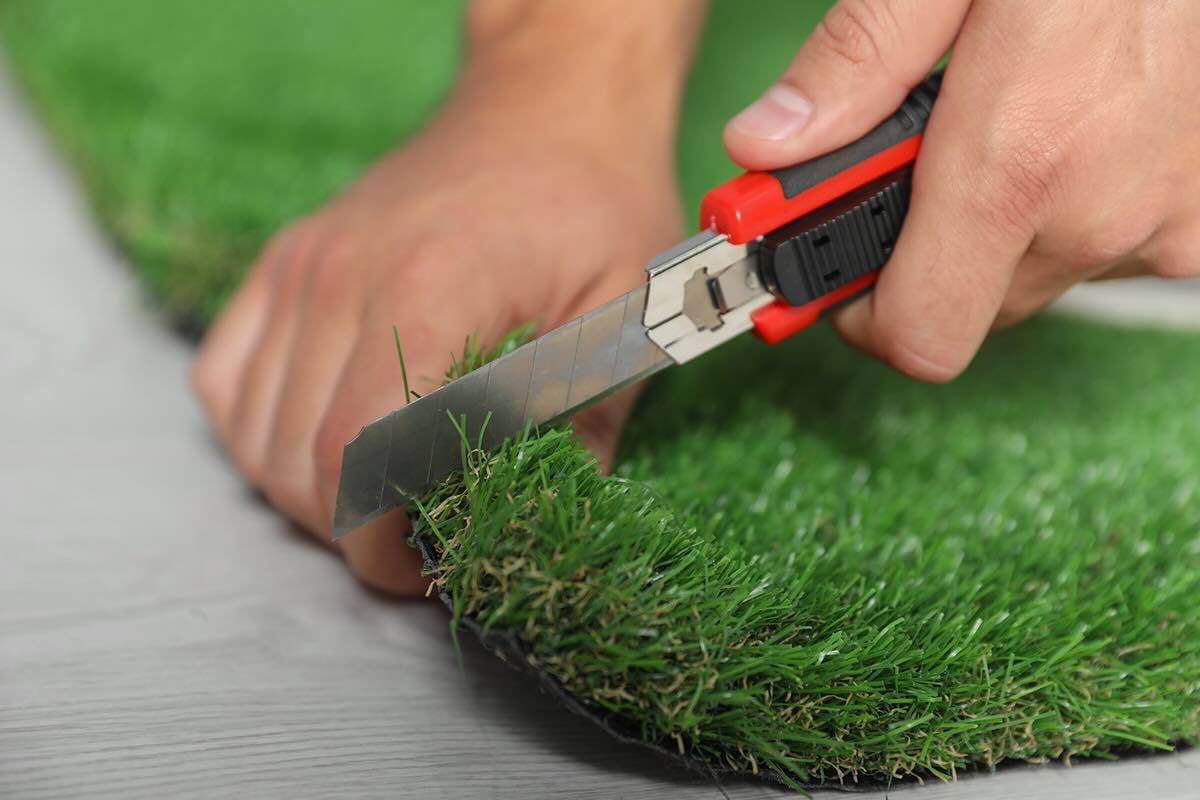
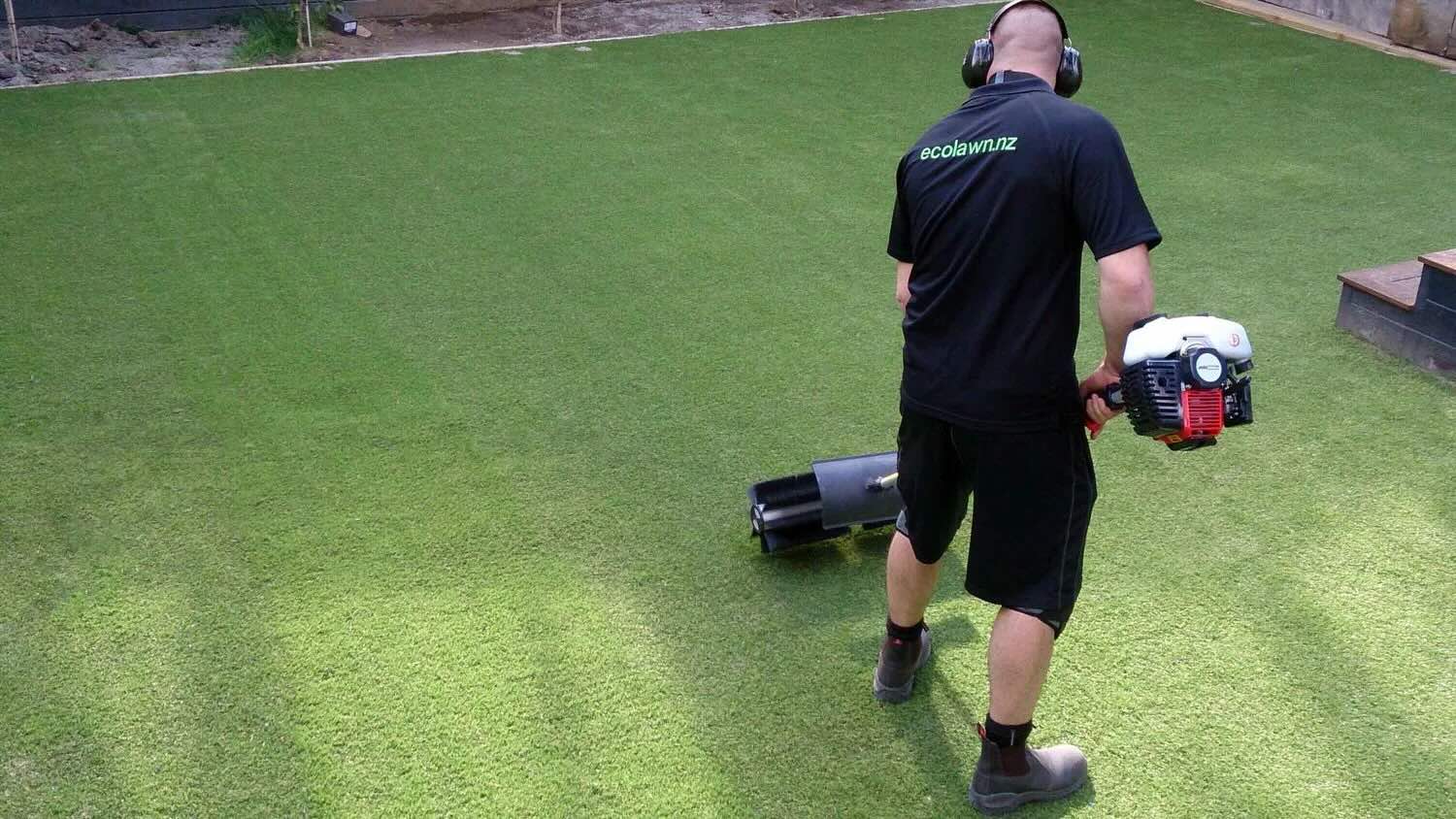
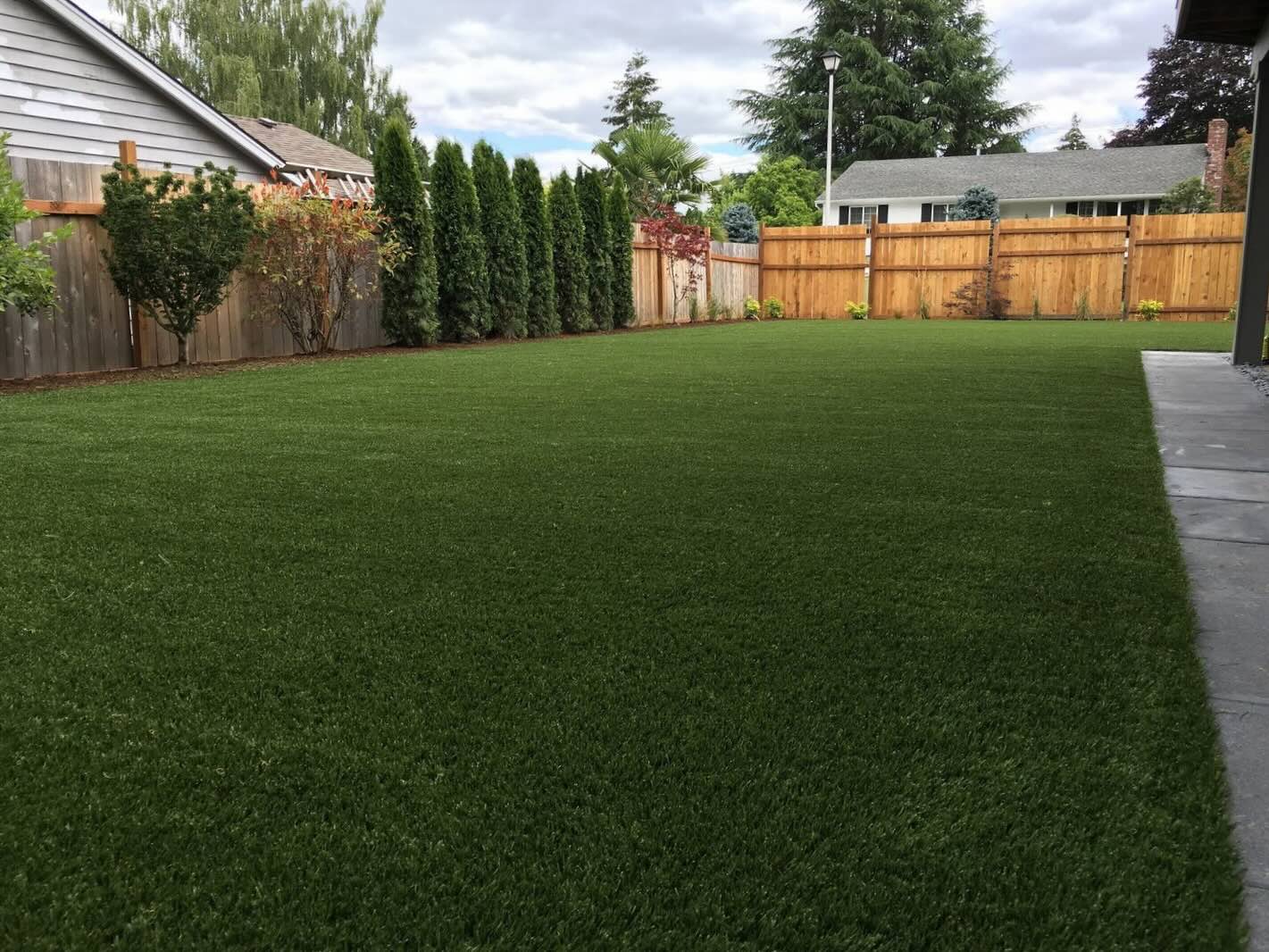
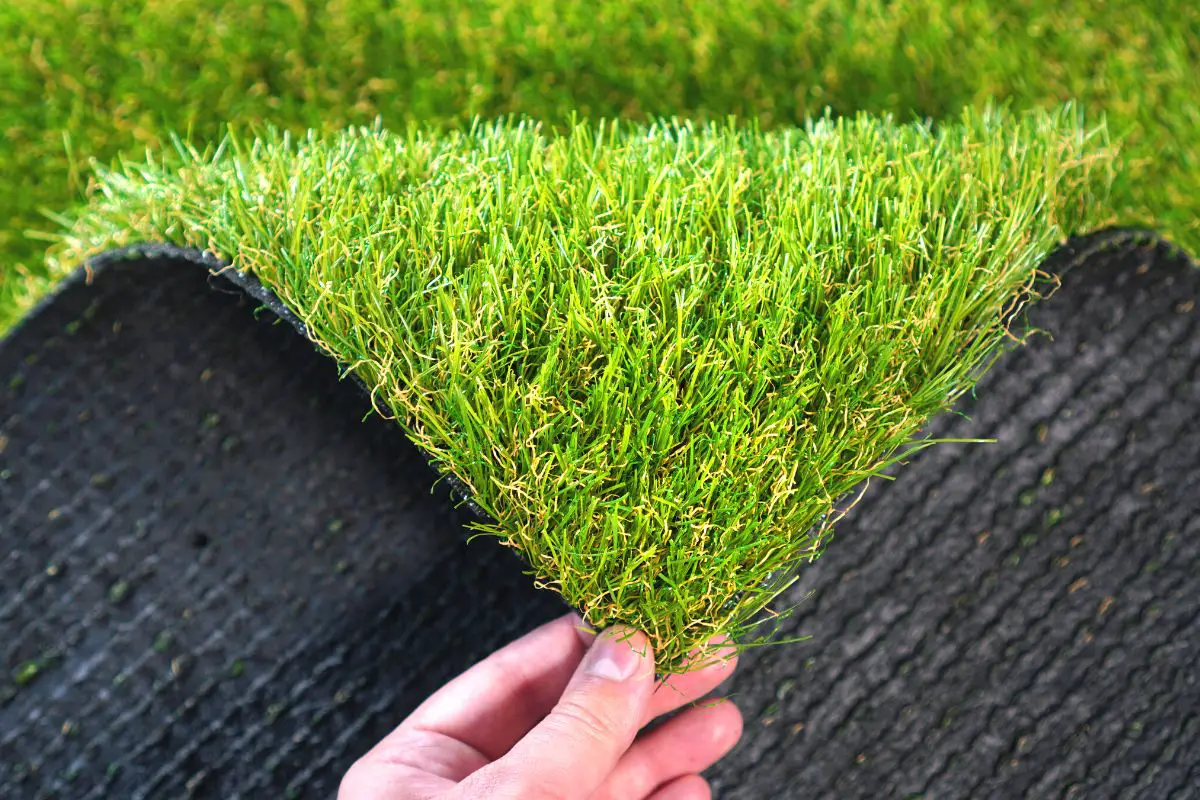
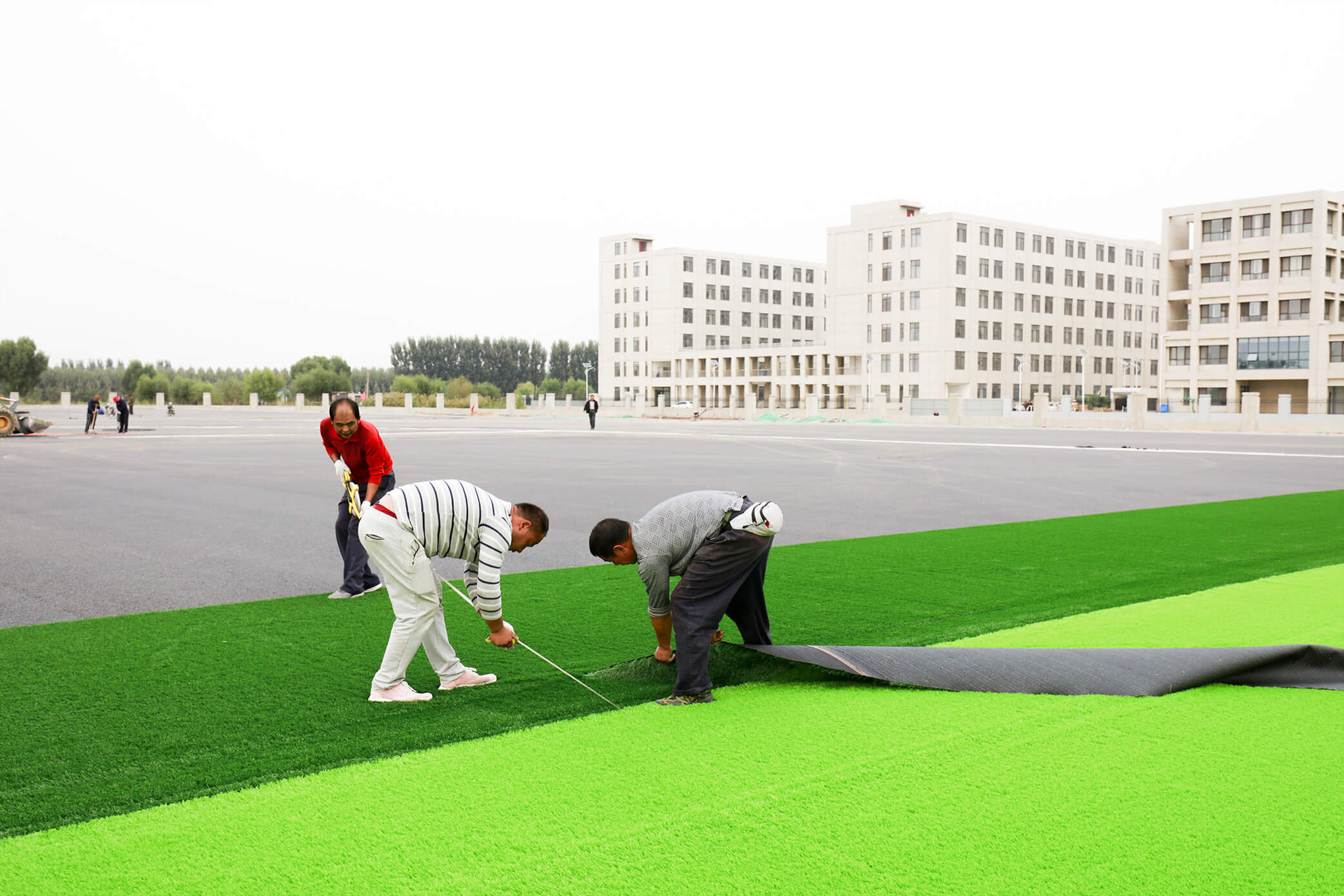
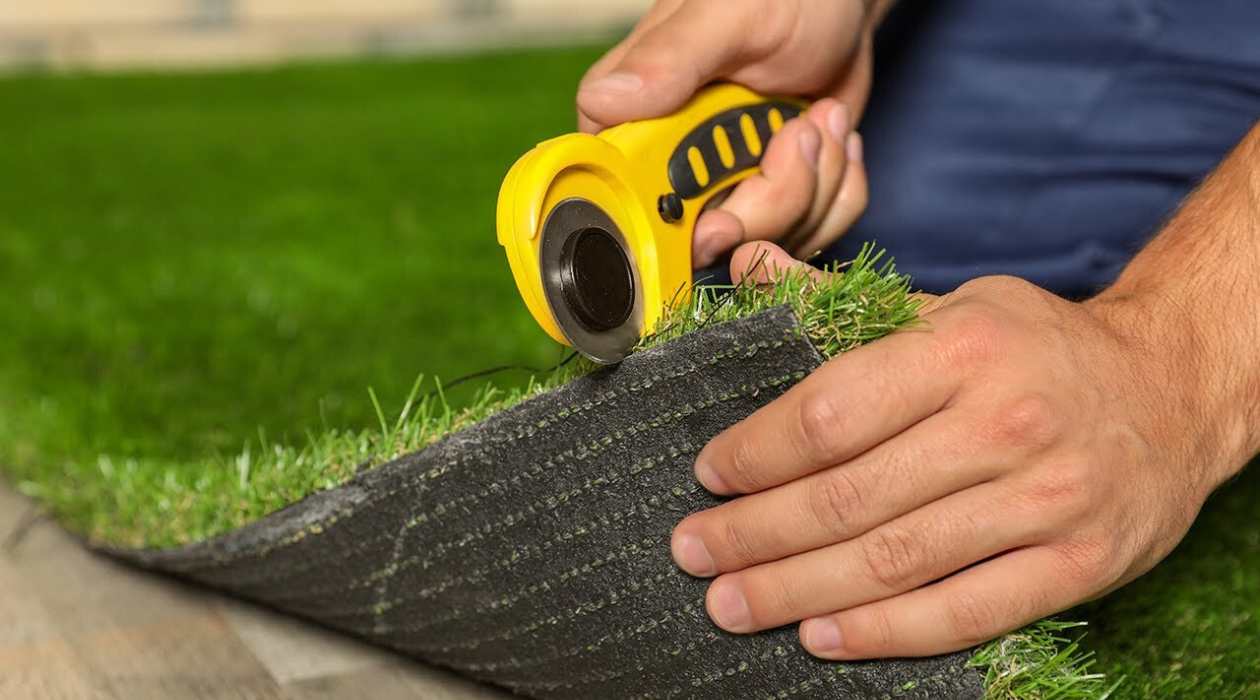
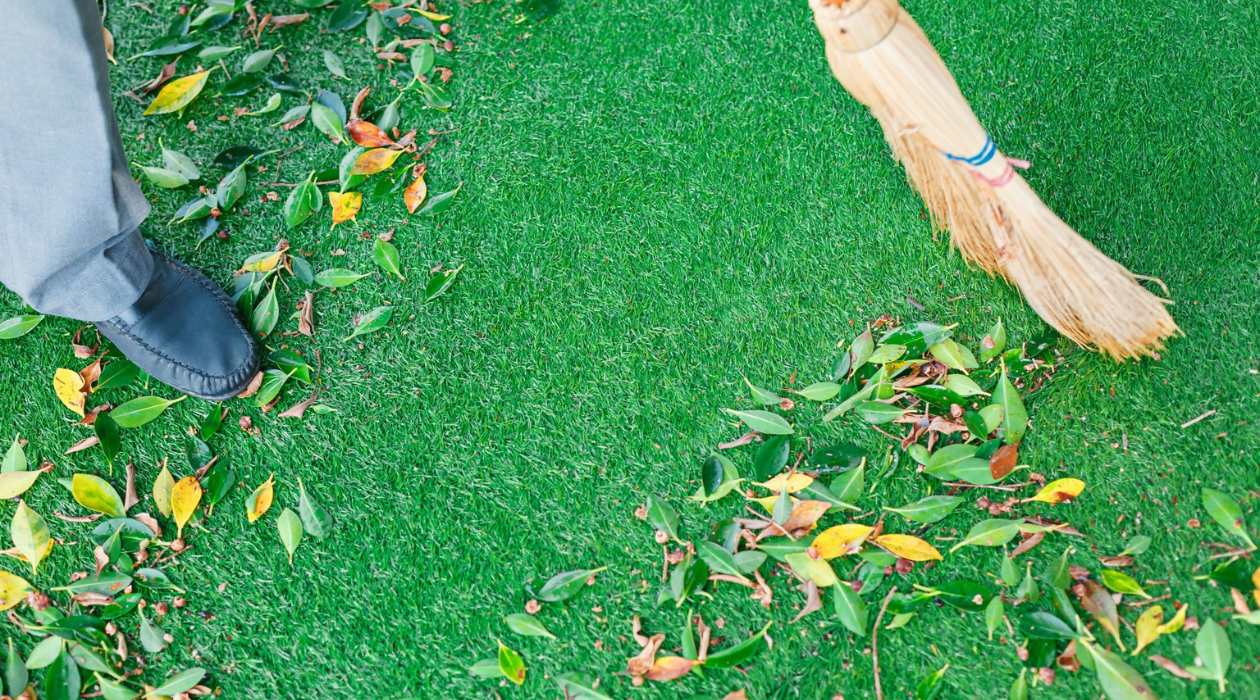
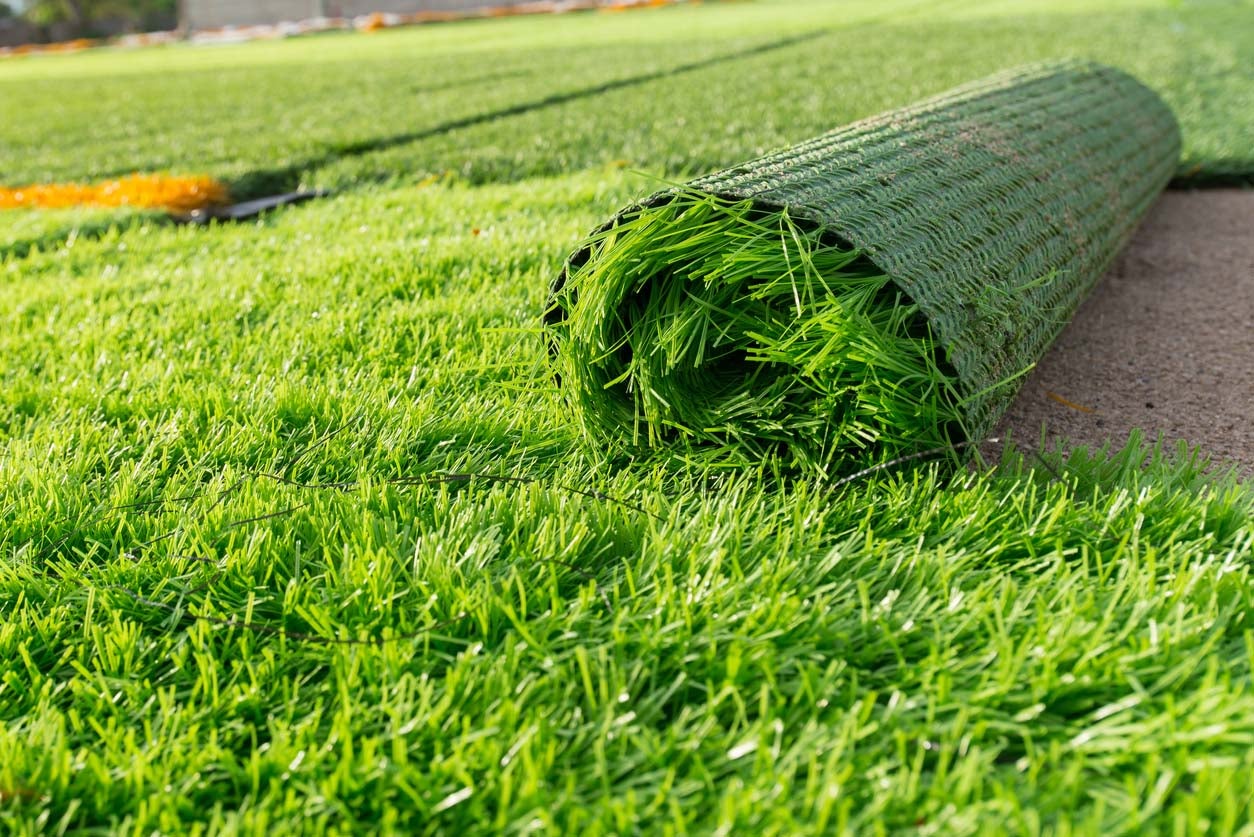
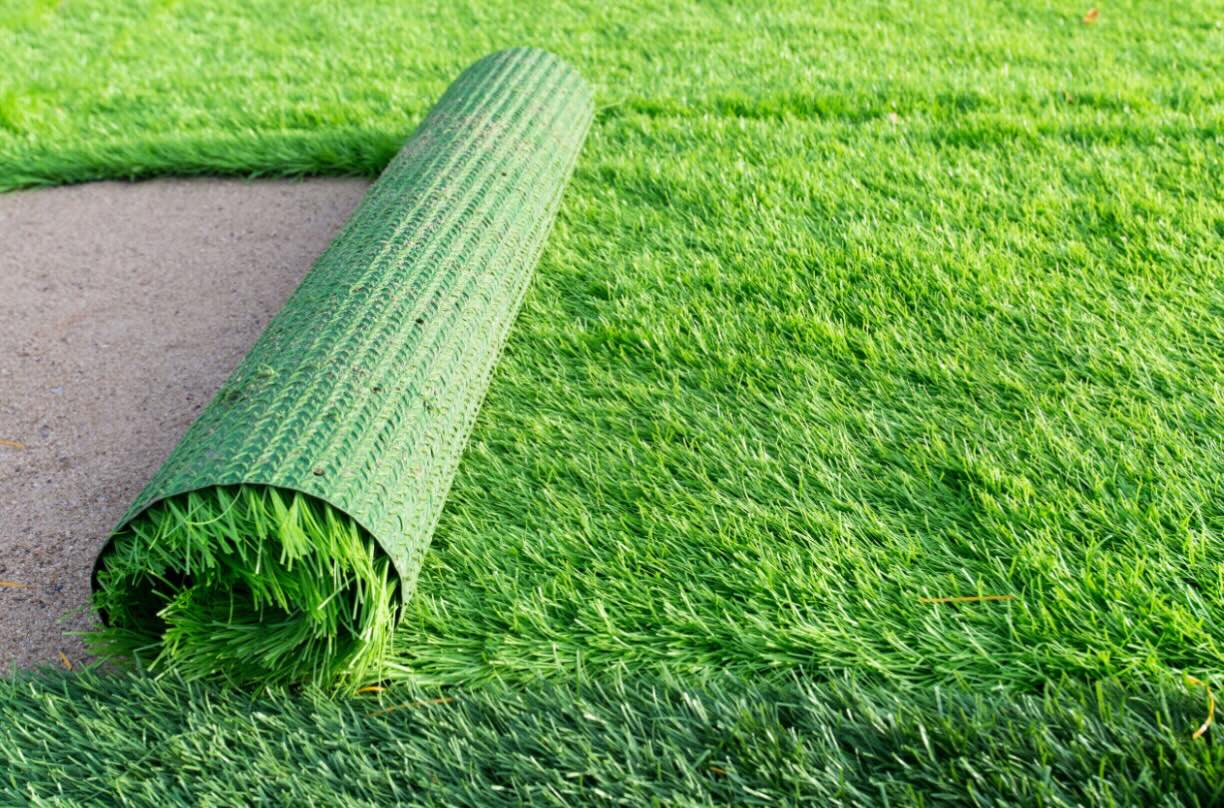
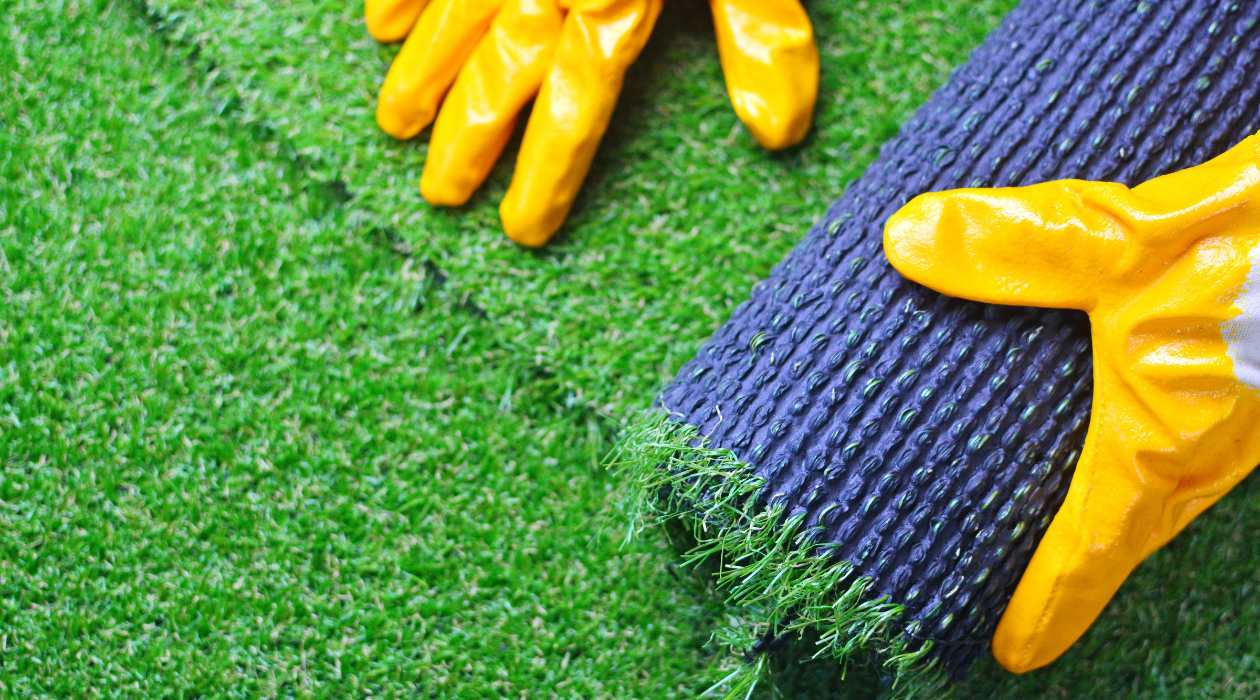
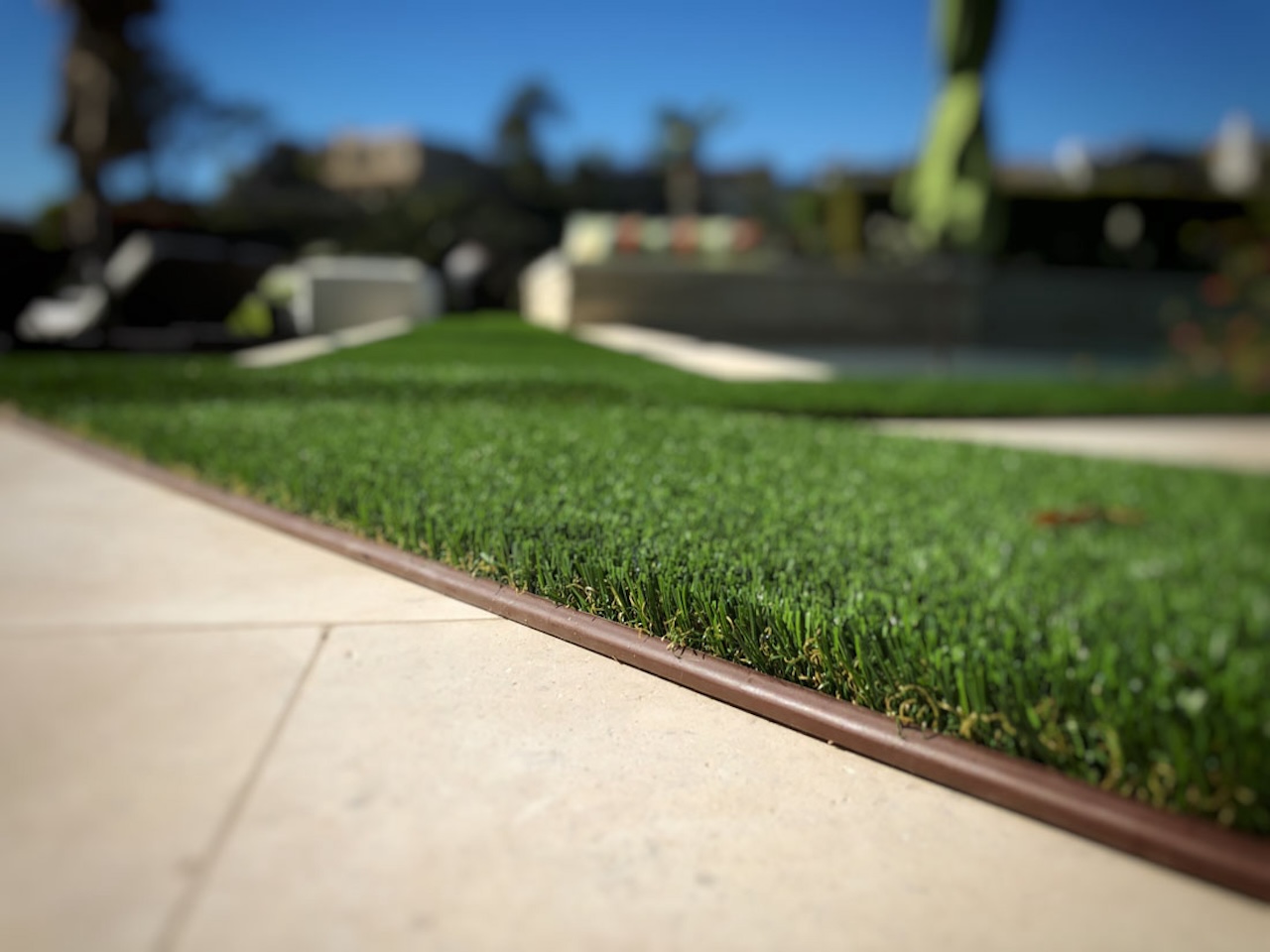
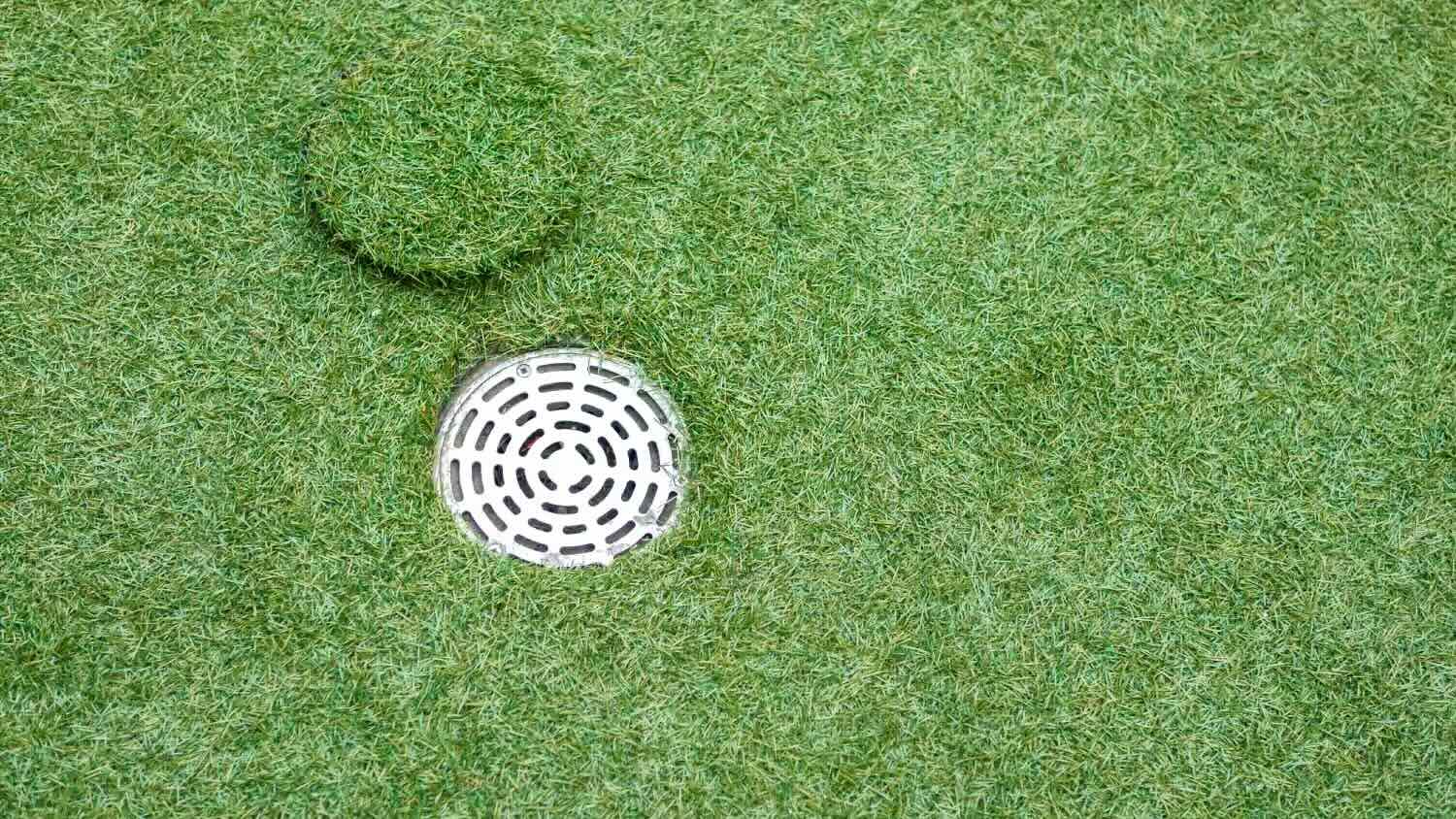
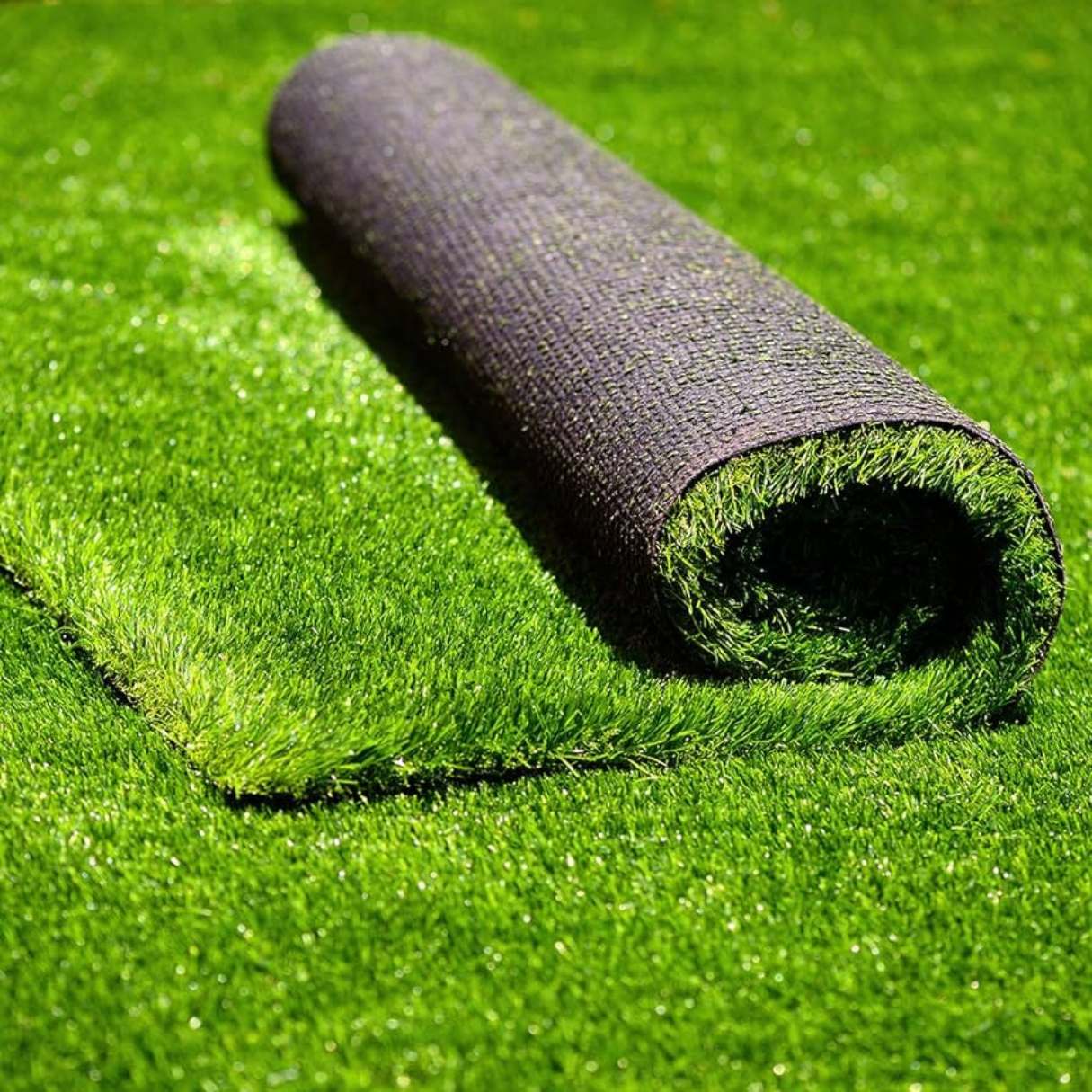

0 thoughts on “How Is Astro Turf Bad For Our Environment”